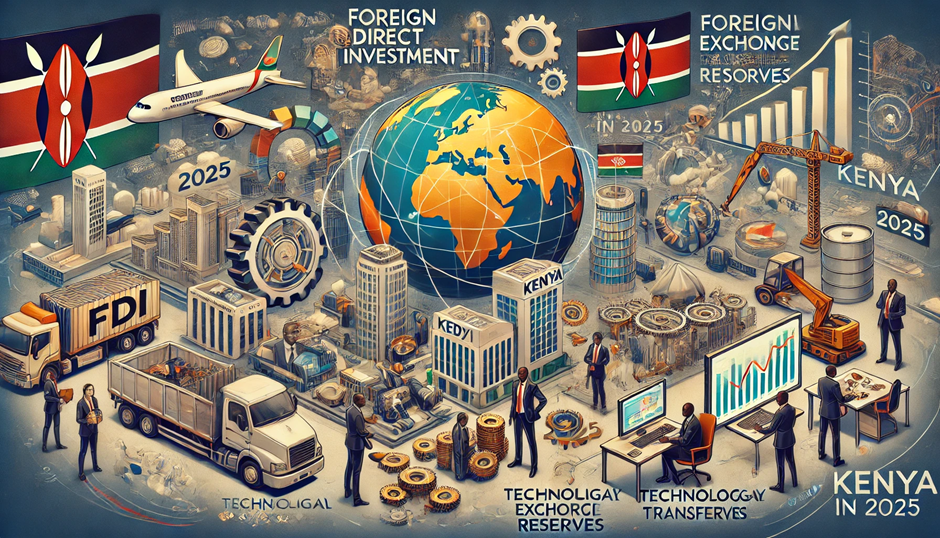
The Billion-Dollar Industry of Deepfake Technology: Boon or Threat?

Source: Lawline
Deepfake technology, a fusion of “deep learning” and “fake,” has transformed digital content creation. While it offers remarkable innovations in entertainment, AI research, and accessibility, it also raises grave ethical and security concerns.
The Origins and Evolution of Deepfake Technology
Deepfake technology traces its roots back to artificial intelligence research in the early 2010s, with significant breakthroughs occurring in 2014 when Ian Goodfellow and his team introduced Generative Adversarial Networks (GANs). Initially designed for data augmentation and AI-driven image generation, GANs soon evolved into a powerful tool for creating hyper-realistic synthetic media. The term “deepfake” first gained mainstream attention in 2017 when manipulated videos of public figures started circulating online.
Applications Across Industries
1. Entertainment and Media

Source: Tecnoblog
Deepfakes have revolutionized the entertainment industry by enabling CGI-based character rejuvenation, realistic dubbing, and AI-generated stunt doubles. Major film studios use this technology to de-age actors and digitally recreate performances of late artists.
2. Cybersecurity and Fraud Risks

Source: The Economic Times
Cybercriminals exploit deepfakes for impersonation fraud, identity theft, and misinformation campaigns. AI-generated voice and video manipulations have led to financial scams targeting high-profile individuals and businesses.
3. Political Manipulation and Fake News
Deepfake videos have been used to distort political narratives, spread disinformation, and interfere in elections. Governments worldwide are working to regulate this technology to prevent its misuse in political and social spheres.
4. Social Media and Misinformation
Social media platforms are inundated with deepfake content, leading to reputational harm, privacy violations, and mass deception. The rapid spread of manipulated media raises concerns about truthfulness in digital interactions.
Market Size and Growth Trends

Source: Market.us
The deepfake industry is expanding at an unprecedented pace. In 2023, the global deepfake technology market was valued at approximately $6.26 billion and is projected to reach $38.44 billion by 2032, growing at a compound annual growth rate (CAGR) of 22.5%. The United States, China, and Europe lead the market in AI-driven synthetic media development.
Ethical Concerns and Regulatory Challenges
1. Privacy Violations and Non-Consensual Content
One of the most alarming aspects of deepfake technology is its use in creating explicit, non-consensual content, leading to reputational and psychological harm for victims.
2. The Spread of Misinformation
Deepfake technology fuels the spread of fake news, undermining trust in media, public figures, and institutions. The difficulty in distinguishing authentic from manipulated content exacerbates the challenge.
3. Legal and Regulatory Gaps
The rapid evolution of deepfake technology has outpaced existing legal frameworks. Governments are struggling to implement effective laws to combat misuse while preserving innovation in AI research.
The Future of Deepfake Technology

Source: SOCRadar
1. Advancements in Detection Technologies
AI-powered detection tools are being developed to identify deepfake anomalies and inconsistencies. Research institutions and tech companies are working on sophisticated verification mechanisms to counteract synthetic media threats.
2. Ethical AI Development and Policy Regulations
Governments, AI developers, and social media companies must collaborate to establish stringent ethical guidelines and policies governing the use of deepfake technology.
3. Public Awareness and Digital Literacy
Enhancing public awareness about deepfake risks is crucial. Digital literacy initiatives can empower users to critically analyze and verify online content before sharing it.
Conclusion
Deepfake technology is a double-edged sword. While it offers innovation in various sectors, it also presents serious ethical, security, and legal challenges. Striking a balance between technological advancement and regulatory oversight will be key to harnessing its benefits while minimizing risks.
References
- KIET Group of Institutions: Decoding Deepfake Technology
- SpringerLink: Exploring Deepfake Technology
- Financial Times: The Trouble with Deepfakes
- Emergen Research: AI Risks and Ethical Frontiers
- The Legal Quorum: Regulating Deepfake Technology








